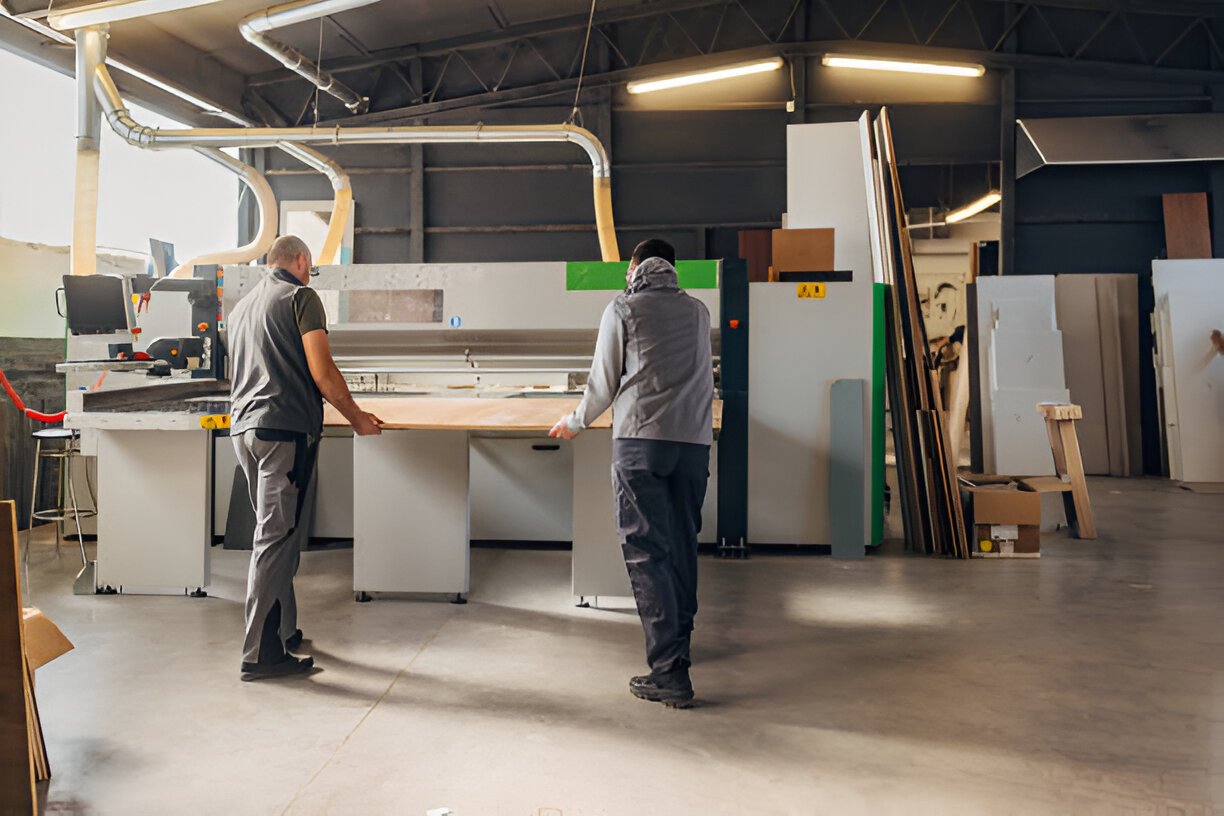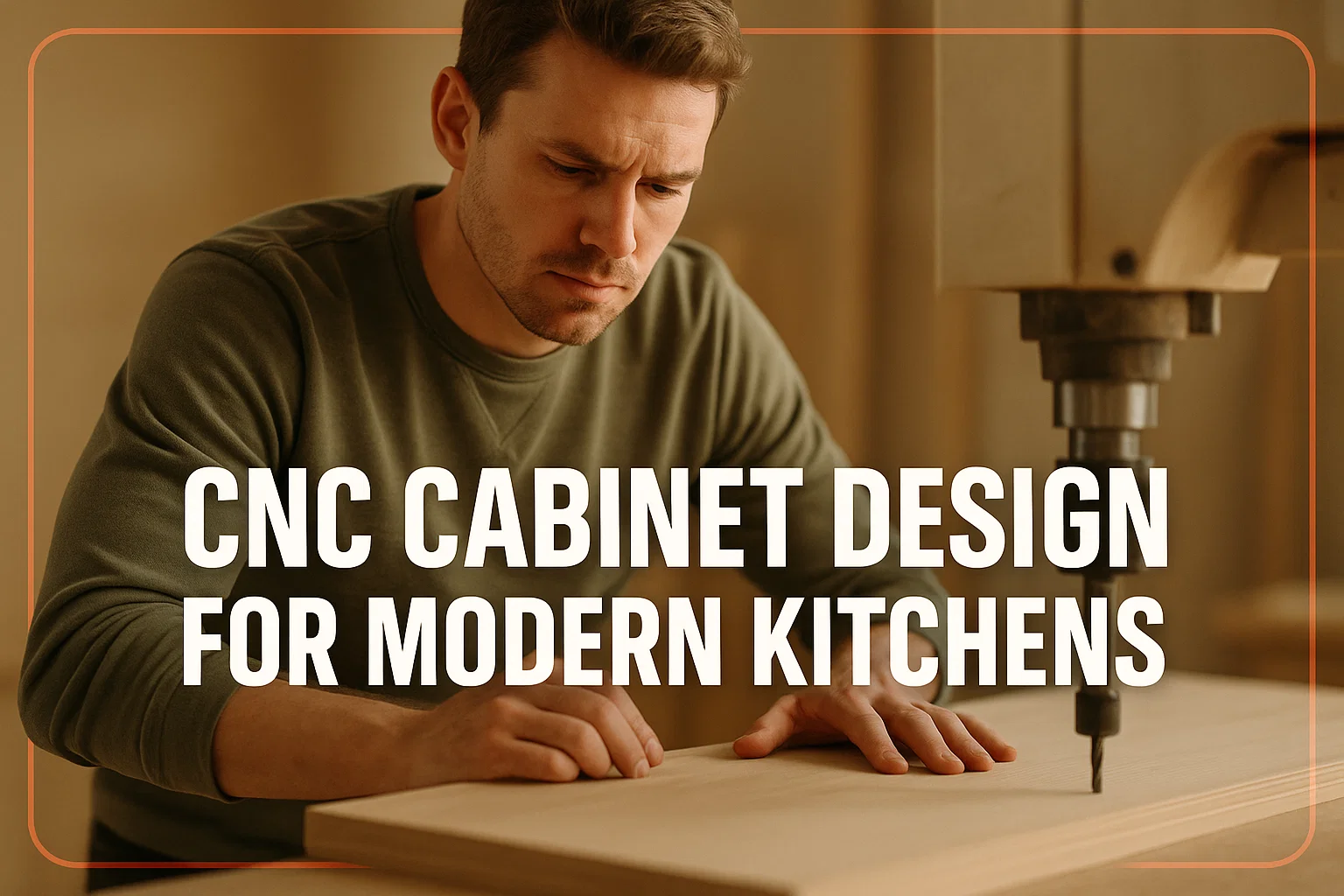Custom cabinets are a transformative element in any home, adding both functionality and style. However, the journey to creating beautiful, bespoke cabinetry begins with a thorough design process. This guide will walk you through each step, from initial consultation to final installation, along with tips to ensure you get the most out of your custom cabinets.
1. Consultation: Setting the Foundation
The design process typically starts with a consultation, where homeowners meet with a designer to discuss their vision, preferences, and budget. This initial meeting is crucial for setting realistic expectations and aligning your needs with the capabilities of the cabinetry company.
During this consultation, you’ll want to share your ideas about styles, colors, and any specific functionalities you envision. Bringing inspiration images or samples can help communicate your aesthetic preferences more clearly. It’s also important to discuss your budget upfront, as this will guide the selection of materials and design features. A good designer will listen carefully to your needs and begin to formulate a plan that reflects both your style and practical requirements.
2. Establishing Design Goals
Once the consultation is complete, the designer will summarize your goals and provide feedback on what is achievable within your budget. This phase is all about refining your ideas into a cohesive plan. You may discuss the layout, dimensions, and any unique features you want to incorporate, such as built-in lighting or specialized storage solutions.
Design goals should be clear and specific. Consider how you use your space daily and think about the types of items you’ll be storing. For example, if you frequently cook and bake, you might need more storage for kitchen appliances and utensils. By clearly defining your needs, you can ensure that the design will cater to your lifestyle.
3. Detailed Drawings and Material Selection
With your design goals established, the designer will create detailed drawings and specifications for your custom cabinets. This is where the vision starts to take shape. You’ll work closely with your designer to select materials, finishes, and hardware. This phase is crucial for ensuring that every detail reflects your style and meets functional requirements.
Consider the type of wood or composite materials you prefer. Each option offers different aesthetic qualities and durability levels. Additionally, the finish you choose can dramatically affect the final look. High-gloss finishes may suit modern spaces, while natural stains can enhance the warmth of traditional designs.
Don’t forget to consider hardware options as well—knobs, pulls, and hinges can add a unique touch and tie the whole design together. Your designer will guide you through these choices, providing samples and visual aids to help you make informed decisions.
4. Production: Crafting with Precision
After finalizing the design and materials, your cabinets will move into production. This stage is where skilled artisans bring your vision to life. Each piece is crafted with precision, ensuring that it meets the specifications outlined during the design phase.
Quality craftsmanship is essential in this stage. Look for a cabinetry company that uses high-quality materials and takes the time to ensure that every component is built to last. This commitment to quality will pay off in terms of durability and aesthetics, providing you with cabinets that not only look great but also withstand everyday use.
5. Installation: Bringing It All Together
The final step in the design process is installation. Professional installers will handle this part, ensuring that every cabinet is fitted correctly. This careful installation is crucial for achieving the polished, high-end look that custom cabinetry is known for.
During installation, it’s important for installers to make any necessary adjustments. Cabinets may require fine-tuning to achieve perfect alignment, and skilled installers will take the time to ensure everything is in place. Once installed, your custom cabinets should look seamless and integrated into your space.
Tips for Making the Most of Custom Cabinets
Plan for Your Needs
Before beginning the design process, assess your storage needs and routines. Consider what items you use most frequently and how best to organize them. Custom cabinetry allows for personalized solutions that cater to your lifestyle.
Explore Innovative Features
Discuss innovative storage solutions with your designer. Features like pull-out shelves, lazy Susans, and integrated spice racks can maximize functionality and make everyday tasks more manageable.
Choose Quality Materials
Opt for high-quality materials that offer durability and enhance the beauty of your cabinets. While it may be tempting to cut costs, investing in quality will pay off in the long run, both in terms of aesthetics and durability.
Coordinate with Your Interior Design
Ensure your custom cabinetry aligns with your overall interior design theme. Consistent finishes and colors will create a cohesive look throughout your home, enhancing the overall aesthetic.
Don’t Rush the Process
Take your time during the design phase. Rushing can lead to compromises that you may regret later. Thoughtful planning will yield the best results and ensure that your custom cabinets truly meet your needs.
Conclusion
The design process for custom cabinets is an exciting journey that allows you to create a space tailored to your needs and style. From the initial consultation to final installation, each step is crucial for achieving the perfect balance of functionality and aesthetics. By following this guide and considering the tips provided, you can ensure that your investment in custom cabinetry will transform your home into a beautiful and organized haven that reflects your unique taste. Embrace the possibilities of custom cabinets, and watch your vision come to life!
4o mini
ChatGPT can make mistakes. Check important info.?



